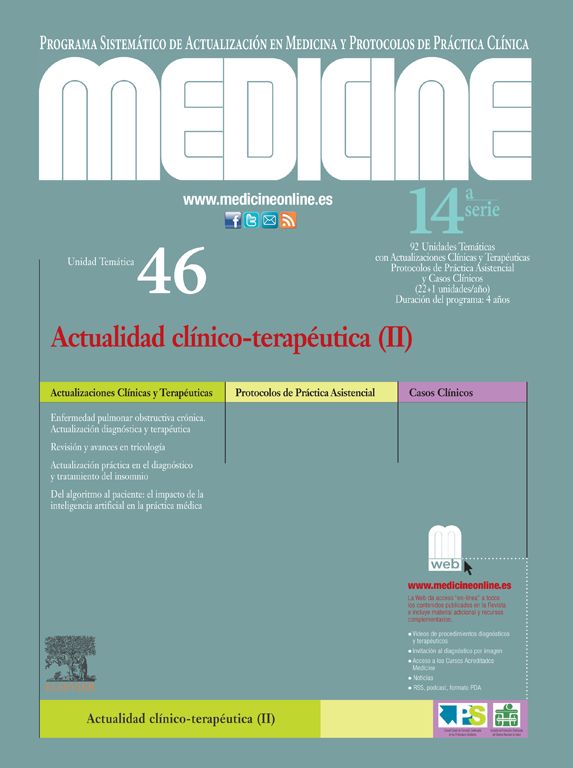Para tipificar ante qué tipo de demencia nos encontramos, utilizamos los datos aportados por la anamnesis, la exploración física y los estudios neuropsicológicos. Con estas tres herramientas podemos diferenciar entre una enfermedad de Alzheimer, demencia frontotemporal, demencia por cuerpos de Lewy, demencia vascular y otras demencias. La neuroimagen, tanto estructural como funcional, puede visualizar la localización de los cambios macroscópicos existentes del tejido cerebral en determinadas áreas, facilitando el diagnóstico diferencial. Conociendo los rasgos clínicos y exploratorios y las características neuropsicológicas básicas de cada uno de ellos podemos aproximar la etiopatogenia y, por tanto, el manejo clínico en muchos de los casos.
Palabras clave
To establish the type of dementia, we use the data from the case history, the physical examination and the neuropsychological studies. With these three tools we can differentiate among Alzheimer's disease, frontotemporal dementia, Lewy body dementia, vascular dementia and other types of dementia. Neuroimaging, both structural and functional, can visualize the location of the macroscopic changes in the brain tissue in certain areas, facilitating the differential diagnosis. Knowing the basic clinical, exploratory and neuropsychological characteristics of each patient can help us determine the etiopathogenesis and thereby the clinical management in many cases.
Keywords
Identifíquese
¿Aún no es suscriptor de la revista?
Comprar el acceso al artículo
Comprando el artículo el pdf del mismo podrá ser descargado
Teléfono para incidencias
De lunes a viernes de 9h a 18h (GMT+1) excepto los meses de julio y agosto que será de 9 a 15h


